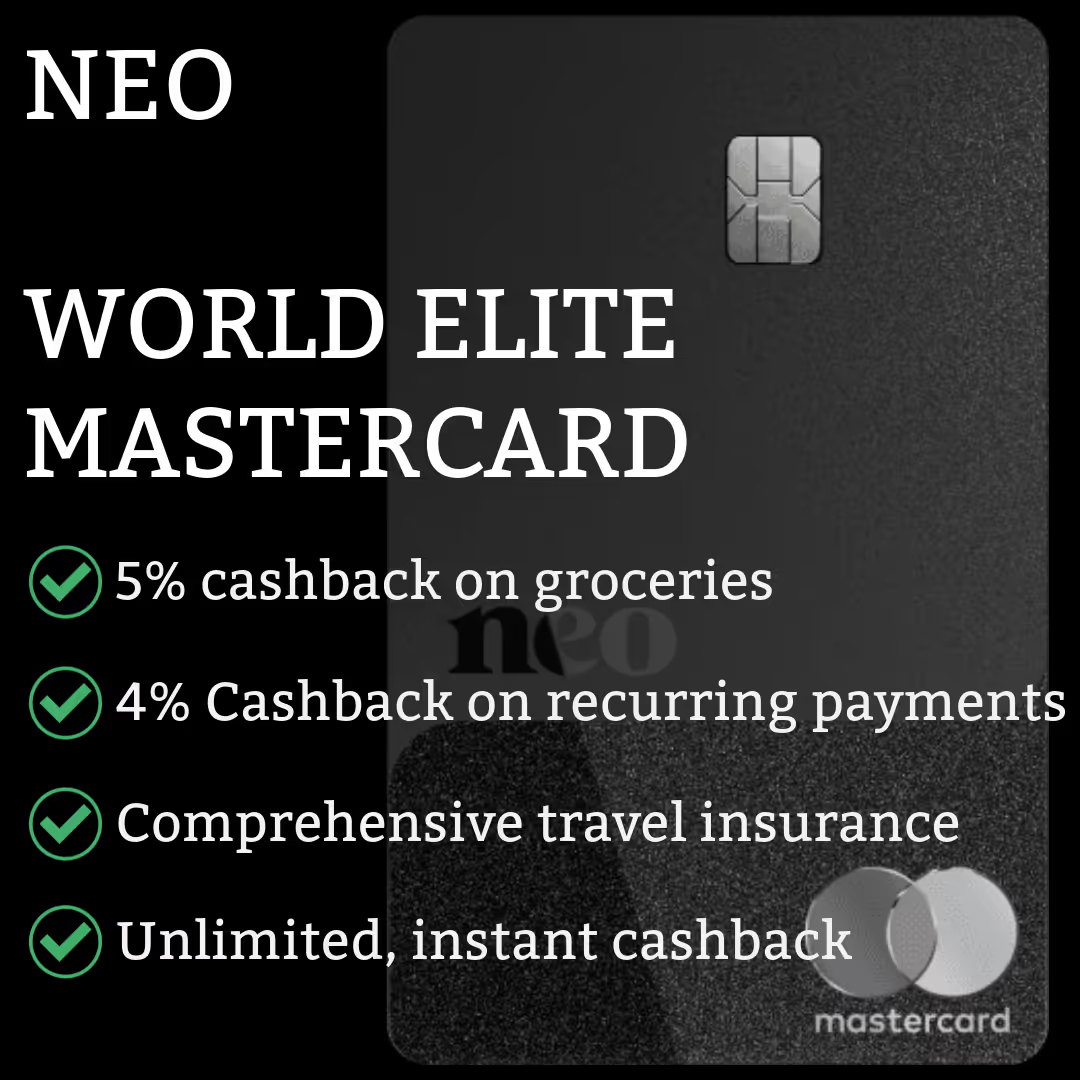We discuss the benefits of both target date and target risk funds where you can decide what is best for you when saving for retirement.
When it comes to investing, selecting the right type of fund is crucial for achieving your financial goals. Among the various investment options available, target-date funds and target-risk funds are popular choices, especially for retirement planning. Both types of funds offer diversified portfolios and are designed to simplify the investment process, but they have distinct strategies and purposes.
Understanding the differences between target-date and target-risk funds is essential for making informed investment decisions that align with your risk tolerance, time horizon, and financial objectives.
What are Target-Date Funds?
Definition
Target-date funds, also known as lifecycle or age-based funds, are mutual funds or exchange-traded funds (ETFs) that automatically adjust their asset allocation based on a specific target retirement date.
The "target date" is typically reflected in the fund's name (e.g., Retirement 2040 Fund), indicating the year when the investor is expected to retire or start withdrawing money.
How They Work
Target-date funds follow a glide path, a predetermined asset allocation strategy that gradually shifts the portfolio from more aggressive investments, like stocks, to more conservative investments, like bonds, as the target date approaches. This transition is designed to reduce risk and volatility as the investor nears retirement, ensuring that the portfolio is better suited for income generation and capital preservation.
Key Features
- Automatic Rebalancing: The fund automatically rebalances the portfolio to maintain the appropriate asset allocation based on the investor’s age and time horizon.
- Hands-Off Approach: Investors can adopt a "set it and forget it" strategy, relying on the fund managers to make adjustments over time.
- Diversification: Target-date funds typically invest in a mix of asset classes, including domestic and international stocks, bonds, and sometimes other asset types like real estate or commodities.
- Lifecycle Management: As the investor ages, the fund’s risk exposure decreases, aligning the portfolio with the investor’s changing risk tolerance.
- Suitability: Target-date funds are suitable for investors who want a simple, all-in-one investment solution that adjusts over time. They are particularly popular in retirement accounts, such as RRSPs and RRIFs, where investors prefer not to actively manage their investments.
What are Target-Risk Funds?
Definition:
Target-risk funds, also known as asset allocation funds or balanced funds, are mutual funds or ETFs that maintain a specific asset allocation based on a predetermined risk level, regardless of the investor’s age or time horizon. The risk level is typically reflected in the fund’s name (e.g., Conservative Growth Fund, Moderate Allocation Fund).
How They Work:
Target-risk funds are designed to match an investor's risk tolerance by maintaining a consistent asset allocation strategy. These funds do not automatically adjust their allocation over time; instead, they stick to a fixed mix of assets that aligns with a specific risk profile. The allocation could range from conservative (more bonds, fewer stocks) to aggressive (more stocks, fewer bonds).
Key Features:
- Fixed Allocation: The asset mix remains stable, aligning with the chosen risk level. The fund may periodically rebalance to maintain the target allocation but does not shift based on the investor’s age.
- Risk Level Selection: Investors can choose a fund that matches their comfort with risk, whether it be conservative, moderate, or aggressive.
- Flexibility: Investors can switch between different target-risk funds if their risk tolerance changes.
- Diversification: Like target-date funds, target-risk funds invest in a variety of asset classes to achieve diversification and manage risk.
- Suitability: Target-risk funds are suitable for investors who have a clear understanding of their risk tolerance and prefer to maintain a consistent level of risk. They are ideal for individuals who are not investing for a specific target date or those who want to take a more active role in managing their portfolio’s risk exposure.
Key Differences Between Target-Date and Target-Risk Funds
Investment Strategy and Objective:
- Target-Date Funds: Focus on achieving a balanced risk-return profile that changes over time, becoming more conservative as the target date approaches. The primary goal is to provide appropriate growth potential early on and preserve capital as the investor nears retirement.
- Target-Risk Funds: Aim to maintain a consistent risk level, regardless of the investor's age or retirement date. The objective is to match the investor's risk tolerance with a fixed asset allocation that aligns with their preferences.
Glide Path vs. Fixed Allocation:
- Target-Date Funds: Use a glide path strategy, which means the asset allocation dynamically shifts over time from aggressive to conservative.
- Target-Risk Funds: Maintain a fixed asset allocation based on the chosen risk level. The fund does not automatically adjust its risk exposure as the investor ages.
Suitability and Investor Profile:
- Target-Date Funds: Suitable for investors looking for a long-term, hands-off investment solution that adjusts as they approach retirement. Ideal for those who prefer to delegate the management of their portfolio to professional fund managers.
- Target-Risk Funds: Suitable for investors who want to maintain a specific risk level and are comfortable with a fixed asset allocation. Ideal for those who want more control over their risk exposure or have a specific risk preference that doesn’t change over time.
Flexibility and Control:
- Target-Date Funds: Less flexibility in terms of asset allocation changes. The investor relies on the fund’s predetermined glide path, which may not align with individual changes in risk tolerance or market conditions.
- Target-Risk Funds: More flexibility to switch between funds if the investor’s risk tolerance changes. Investors can choose from a range of funds with different risk levels to match their current preferences.
Choosing Between Target-Date and Target-Risk Funds
When deciding between target-date and target-risk funds, investors should consider several factors:
Investment Horizon:
If you are investing with a specific retirement date in mind, a target-date fund may be more appropriate. These funds are designed to cater to retirement planning and provide a seamless transition from growth to income generation.
If you have a flexible investment horizon or are investing for purposes other than retirement (e.g., education, general wealth accumulation), target-risk funds may offer the consistency and control needed to align with your financial goals.
Risk Tolerance:
Consider your comfort level with risk and market fluctuations. If you prefer a gradual reduction in risk as you age, target-date funds provide this automatic adjustment.
If you are comfortable maintaining a certain risk level over time or wish to adjust your risk exposure independently, target-risk funds offer a suitable option.
Desired Level of Involvement:
Target-date funds are ideal for investors seeking a low-maintenance, automated investment strategy. Once selected, the fund takes care of asset allocation adjustments.
Target-risk funds are better for investors who want to play an active role in managing their portfolio’s risk exposure and prefer not to have automatic changes in asset allocation.
Fees and Costs:
Both target-date and target-risk funds can have management fees, which vary based on the fund provider and investment strategy. It is important to compare fees and ensure they align with the value provided by the fund’s management.
Target-date and target-risk funds both offer valuable solutions for investors seeking diversified, professionally managed portfolios. Understanding the differences between these two types of funds can help investors choose the right option that aligns with their financial goals, risk tolerance, and investment preferences.
Whether you prefer a hands-off approach with automatic adjustments or a more hands-on strategy with fixed risk levels, there is a fund option available to meet your needs.
By carefully considering your investment horizon, risk tolerance, and desired level of involvement, you can select the fund that best supports your long-term financial success. Remember, the right investment choice not only aligns with your current situation but also adapts to your evolving needs over time, ensuring that you stay on track to achieve your financial objectives.









